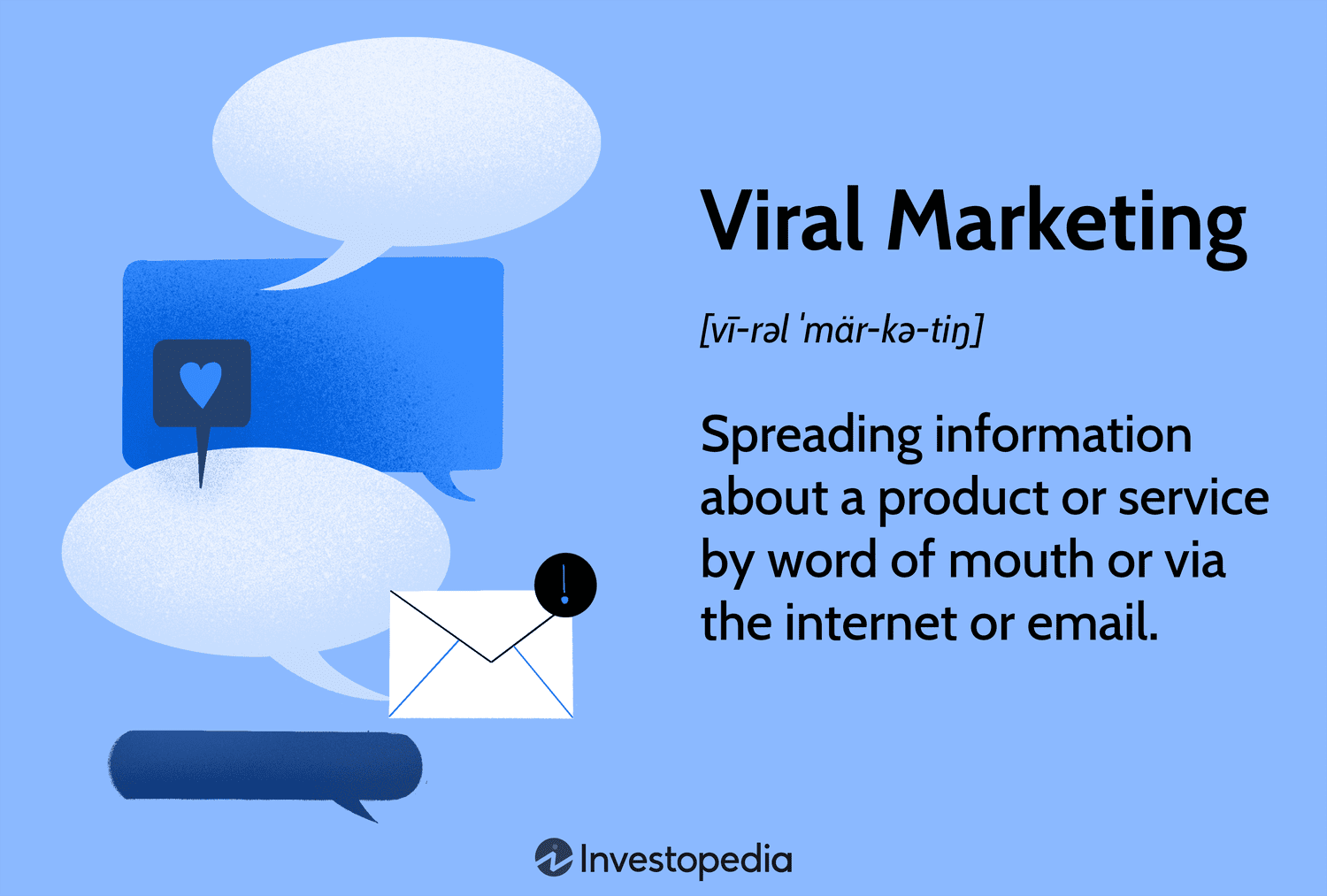What Is Viral Marketing?
Viral marketing is a strategy that aims to spread brand messages rapidly and organically through social media and digital platforms. The term “viral” refers to how quickly and widely a piece of content can be shared among users, mimicking the way a virus spreads. While the strategy may appear spontaneous, it typically involves careful planning of the message, the messenger, and the environment where content is shared.
At its core, viral marketing leverages the power of word-of-mouth, amplified by the reach of social media platforms such as Instagram, YouTube, TikTok, X (formerly Twitter), and Facebook. This approach appeals to businesses of all sizes due to its potential for massive exposure at relatively low cost.
How Viral Marketing Works
In today’s digital world, viral marketing works by tapping into users’ emotions and encouraging them to share content with their networks. The strategy hinges on three pillars:
- Message: The content must be engaging, relatable, and compelling enough to be shared.
- Messenger: Influencers or individuals with strong followings often act as the first point of dissemination.
- Environment: A receptive social media landscape where sharing is easy and encouraged.
Viral marketing campaigns often include videos, memes, images, or interactive content like games or quizzes. These tools are designed to stimulate emotional responses—humor, surprise, or inspiration—that drive sharing behavior.
Real-World Examples of Viral Marketing
One of the earliest examples of viral marketing is Hotmail. When the free email service launched in 1996, it included a promotional message in every user’s outgoing email: “Get your free email at Hotmail.” This subtle yet powerful tactic led to explosive growth.
Another standout example is the ALS Ice Bucket Challenge. Although the ice bucket challenge existed beforehand, The ALS Association adopted it to raise awareness and funds. Videos of individuals dumping ice water on themselves flooded social media, resulting in $220 million in global donations and significantly raising awareness for the disease.
More recently, Burger King generated buzz by sharing images of a moldy Whopper to highlight their decision to remove artificial preservatives. Although the visuals were unappetizing, the campaign successfully conveyed the brand’s focus on fresh ingredients.
Key Traits of Successful Viral Campaigns
Whether intentionally designed or organically grown, successful viral campaigns typically include the following elements:
- Emotional appeal — Content that elicits strong emotions is more likely to be shared.
- Simplicity — The message must be easy to understand and share.
- Timeliness — Leveraging current trends and events can increase relevance.
- Authenticity — Audiences are more likely to engage with content that feels genuine.
Influencer collaboration is also common, as influencers can act as seeds—initial content sharers who help spark a chain reaction of distribution. This technique, known as “seeding,” is often used to ensure that content reaches the right audience quickly.
Advantages of Viral Marketing
Viral marketing offers several benefits that make it attractive to businesses:
- Low cost: Since content is shared by users, companies save on traditional advertising expenses.
- Wider reach: Viral content can spread across different demographics and geographical areas.
- Rapid growth: Content can go viral within hours, leading to massive exposure.
- Enhanced brand awareness: Even if viewers don’t engage immediately, they become familiar with the brand.
These campaigns can also generate traditional media coverage, further amplifying their reach and improving brand credibility.
Challenges and Risks
Despite its benefits, viral marketing comes with several risks:
- Unpredictability: There is no guarantee that a campaign will go viral.
- Negative buzz: Audiences may misinterpret the message, leading to backlash.
- Measurement difficulties: It’s often hard to track ROI and determine what specifically drove success.
- Privacy concerns: Users may avoid engaging with content if they feel their data is at risk.
Furthermore, negative reactions tend to spread faster than positive ones, potentially damaging a brand’s reputation if the campaign backfires.
How to Launch a Viral Marketing Campaign
Brands looking to create a viral marketing campaign should follow these steps:
- Define the objective: Identify whether the goal is brand awareness, product promotion, or something else.
- Know your audience: Use social analytics to understand what content resonates.
- Create shareable content: Ensure the message is engaging and easy to distribute.
- Use trending topics and hashtags: Tap into what’s popular to increase visibility.
- Leverage influencers: Partner with individuals who have strong social followings to act as campaign seeds.
Additionally, brands can use tools such as contests, giveaways, and community sponsorships to generate excitement and encourage participation.
Monetizing Viral Content
Going viral can open the door to monetization. Content creators often earn through:
- Ad revenue from platforms like YouTube
- Sponsorship deals and brand partnerships
- Licensing content to third parties
- Subscription-based access to exclusive content
For businesses, viral videos can convert into sales, leads, or increased website traffic, provided the content aligns with marketing objectives.
The Importance of Transparency
Transparency is critical in viral marketing. Consumers today demand honesty and accountability from brands. Approximately 94% of consumers report being more loyal to companies that are transparent in their marketing.
Being upfront about motives, sponsorships, and data usage fosters trust and encourages users to share content without hesitation.
This article is inspired by content from Original Source. It has been rephrased for originality. Images are credited to the original source.





